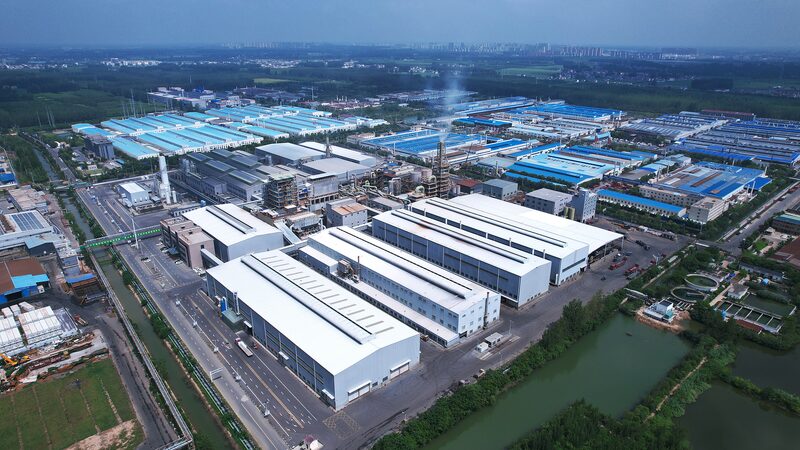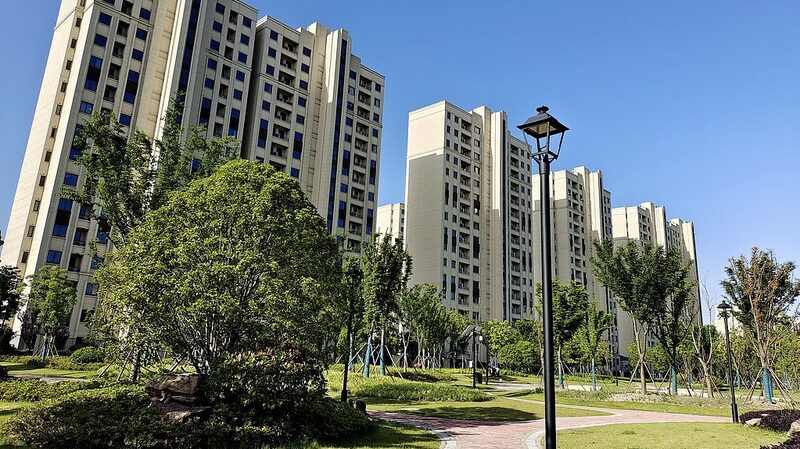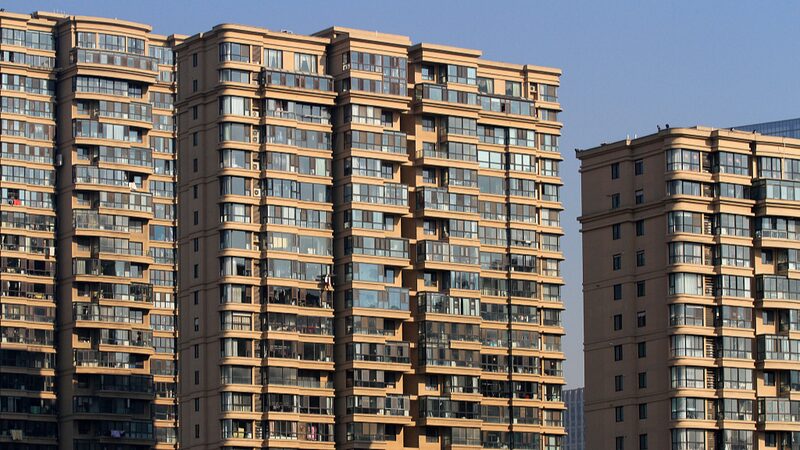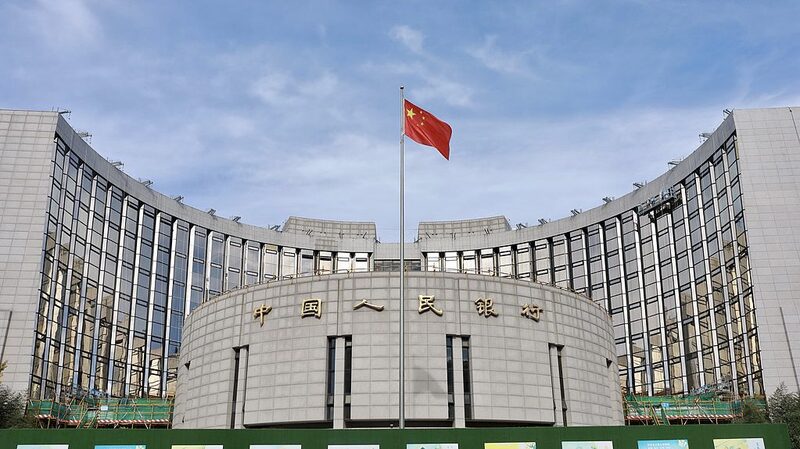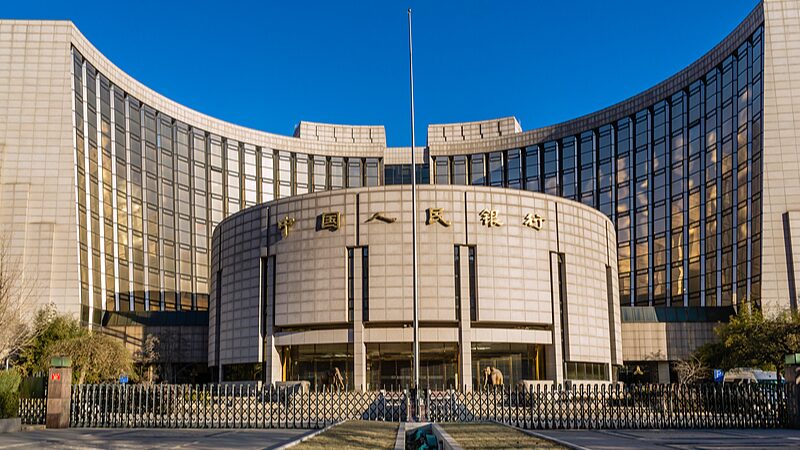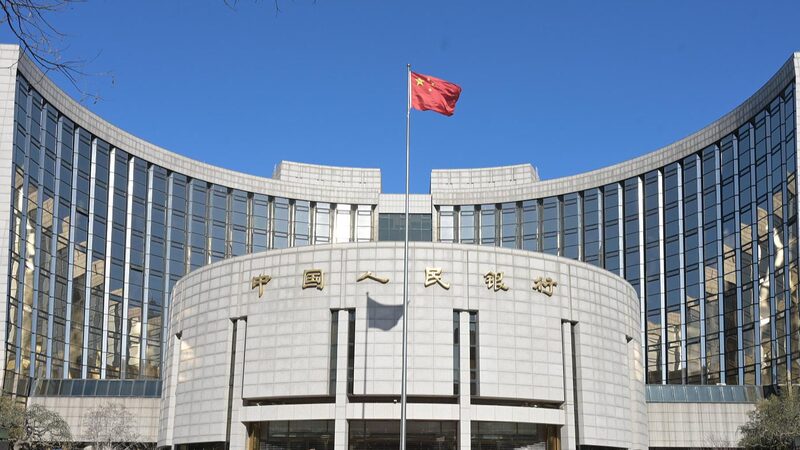China has taken a significant step to stimulate its economy by cutting its market-based benchmark lending rates on Monday.
The one-year loan prime rate (LPR) was reduced by 10 basis points to 3.35 percent from 3.45 percent, while the over-five-year LPR, which influences mortgage rates, decreased by 10 basis points to 3.85 percent.
The LPR, released monthly, serves as a reference rate for banks and is based on rates from the People’s Bank of China’s open market operations. This move is expected to lower financing costs for businesses and individuals, encouraging investment and consumption across the country.
Wen Bin, chief economist at China Minsheng Bank, noted that the reduction in LPRs will help reduce financing costs for the real economy, expand effective demand, and keep the economy running within a reasonable range. “Lowering the LPRs will decrease mortgage loan costs and play a positive role in consolidating the recovery of the real estate market,” Wen said.
Bruce Pang, head of research and chief economist at JLL Greater China, highlighted that the foundation for economic recovery in China still needs reinforcement. “Reforms in the loan market interest rate and adjustments to the market-oriented mechanism of deposit interest rates remain the focus of economic work,” Pang stated. He emphasized the necessity from a policy perspective to achieve a stable and steady decline in corporate financing and household credit costs.
The rate cuts reflect China’s commitment to supporting its economy amid global uncertainties. By lowering lending rates, the government aims to bolster investment, stimulate consumption, and foster sustainable economic growth.
Reference(s):
cgtn.com

